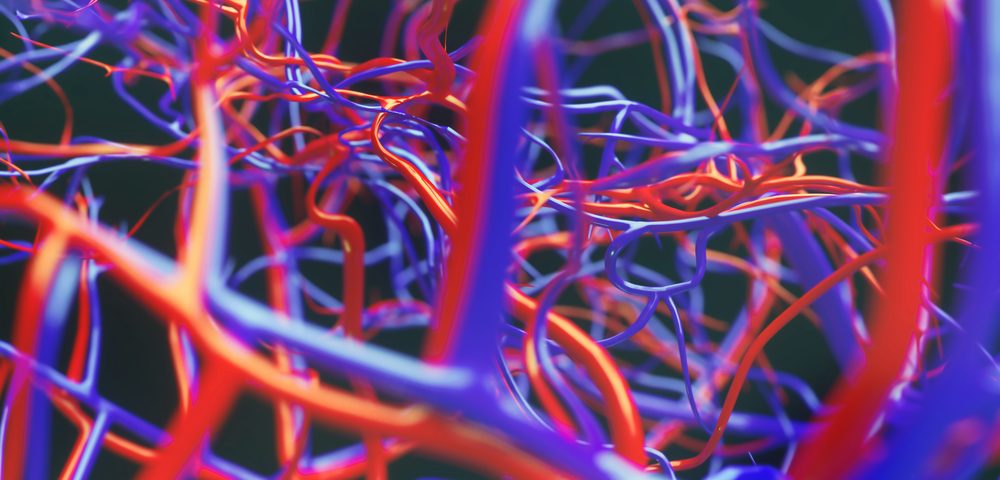Ofev (nintedanib) improved microvascular architecture in a mouse model of lung fibrosis, uncovering a potential new mode of action through which the therapy works to treat idiopathic pulmonary fibrosis (IPF).
The study titled, “Effects of nintedanib on the microvascular architecture in a lung fibrosis model,” was published in the journal Angiogenesis.
Ofev, developed by Boehringer Ingelheim, is an inhibitor of a range of cellular receptors, allowing it to block proliferation or growth of different cell types, including endothelial cells and smooth muscles cells.
In people with IPF, Ofev was found to halt the migration and proliferation of lung fibroblasts, which are cells that play a major role in the fibrotic processes and in the development of IPF.
Preclinical studies on the mechanisms of action of Ofev have shown that it may work through reducing angiogenesis in the lungs. Angiogenesis is the process of forming new blood vessels that is generally conducted by tumor cells in order to create a new supply of blood. Angiogenesis has also been implicated in fibrosis, but its role in IPF has not been studied extensively.
As Ofev has been shown to have anti-angiogenic activity, researchers at the Johannes Gutenberg University Mainz in Germany used mouse models of IPF to explore the changes that occur to blood vessels due to treatment with the drug.
The mouse model of lung fibrosis is created by administering bleomycin, a drug that leads to significant lung fibrosis. The mice were then treated with Ofev, and after 19 days, their lung densities were assessed. After 20 days, several further analyses were conducted, including determining lung function and looking at the microvascular (smallest blood vessels) architecture of Ofev-treated lungs.
Results from the study showed that Ofev improved lung function, and reduced the lung density and inflammation that was caused by bleomycin. The drug also reduced the total number of cells that are associated with inflammation in the lung, such as immune cells like monocytes and lymphocytes.
Of particular note, researchers found that Ofev restored the microvascular architecture to normal in areas of lung fibrosis that had been distorted by bleomycin.
In fact, Ofev has a stronger effect on improving the microvascular architecture than on improving lung function and reducing inflammation, the study found. This ability to restore the blood vessels to their normal structure also restores the ability of blood vessels to effectively deliver oxygen from the lungs to the rest of the body.
“In summary, this study provides the first evidence that the anti-angiogenic activity of nintedanib restores the integrity of lung architecture in pulmonary fibrosis.” the team concluded.

